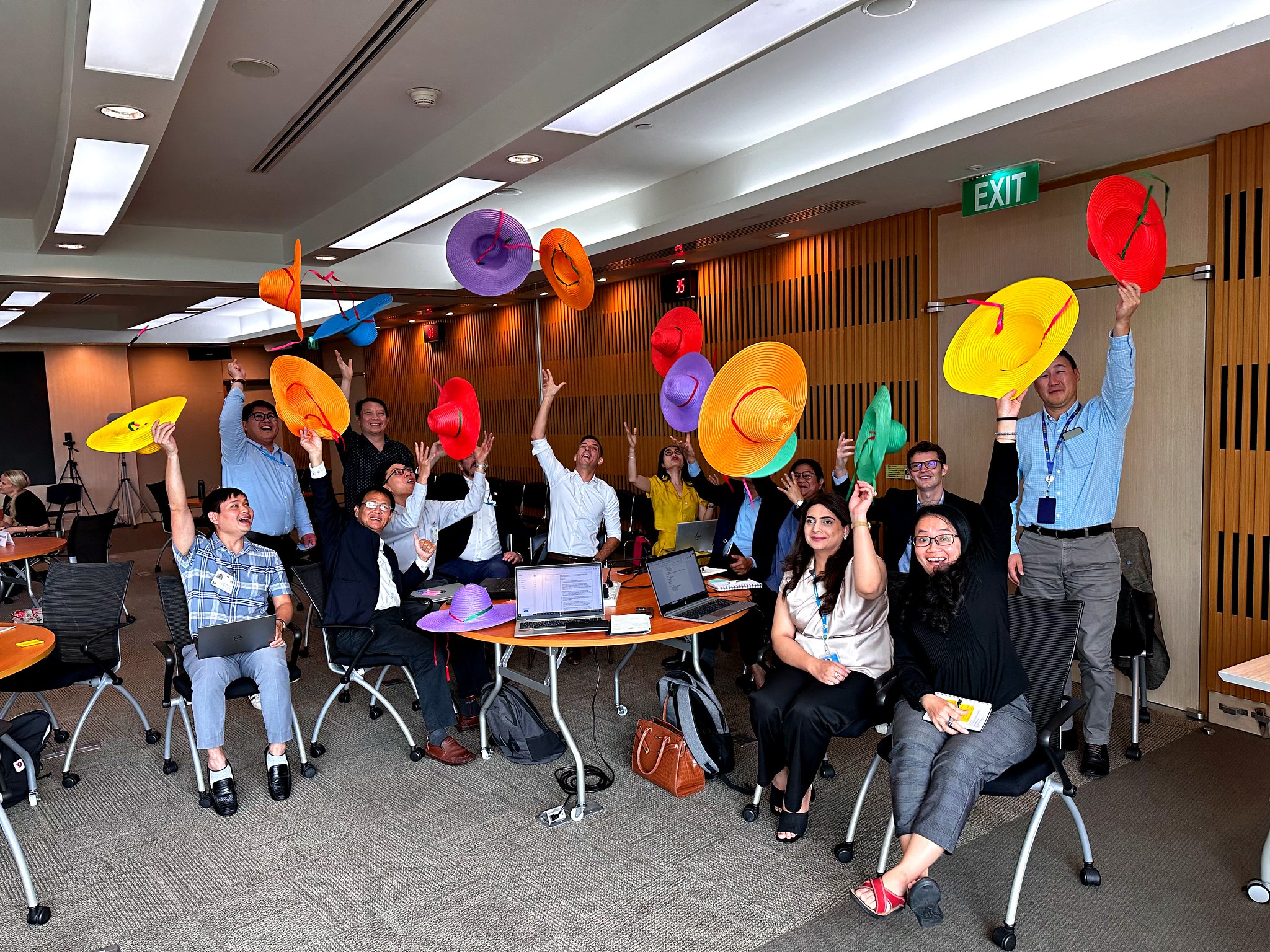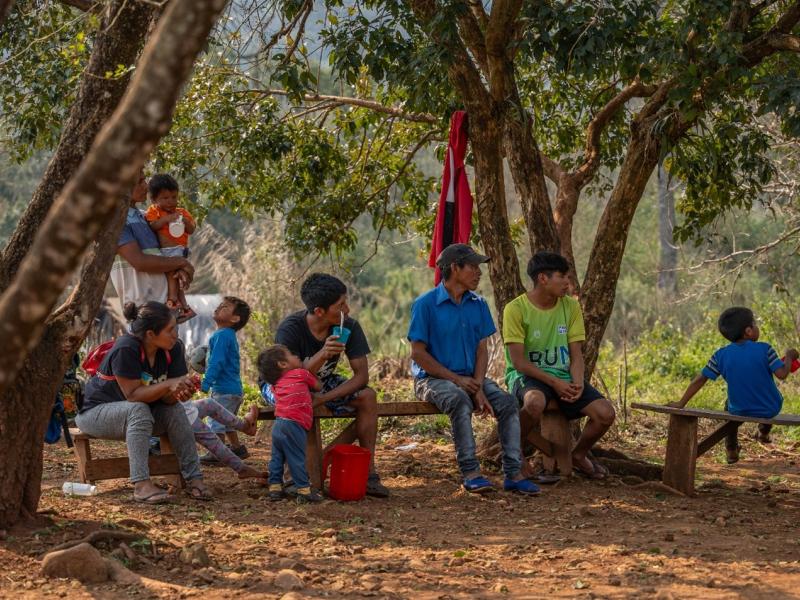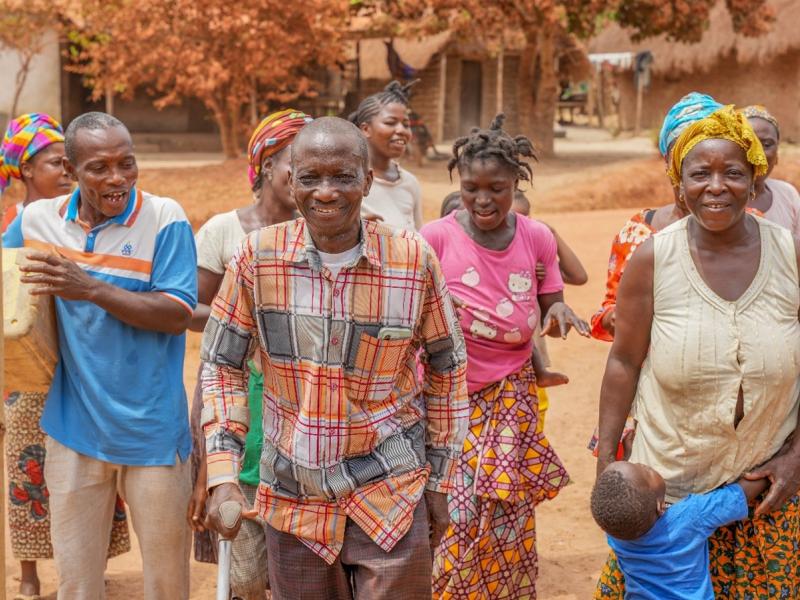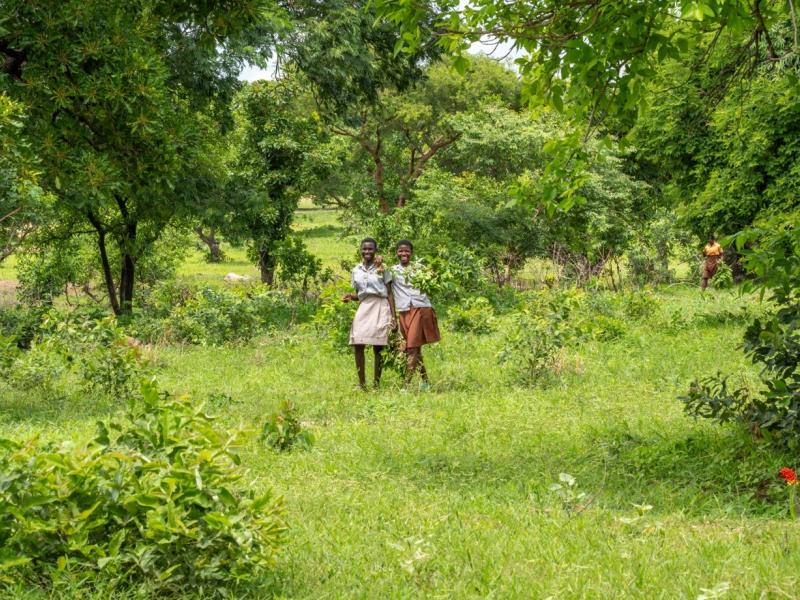Forestry officials from across Asia came together in Thailand’s capital Bangkok recently to exchange ideas on how agriculture, forestry and other land use (AFOLU) sectors can ramp up ambitions in national plans for reducing greenhouse gas emissions.
Co-organized by the UN-REDD Programme, the NDC 3.0 Regional Forum for Asia was held from 30 September to 2 October with organizers United Nations Environment Programme (UNEP), the United Nations Economic and Social Commission for Asia and the Pacific (ESCAP), the NDC Partnership, United Nations Development Programme (UNDP), United Nations Framework Convention on Climate Change (UNFCCC), and GIZ.
After the forum concluded, UN-REDD led a knowledge exchange and dialogue on forest action and ambition on October 3, which saw forestry officials from Indonesia, Cambodia, Viet Nam, Thailand, Lao PDR, and Nepal put forward lessons learned from the regional meet – with the aim of helping them plan and develop the next round of Nationally Determined Contributions (NDCs) in line with the Paris Agreement.
Through unique methodologies such as the “thinking hats” exercise and “puzzle building”, country delegates explored during the dialogue and the forum how the AFOLU sectors can play a bigger role in cutting greenhouse gas emissions and driving finance.
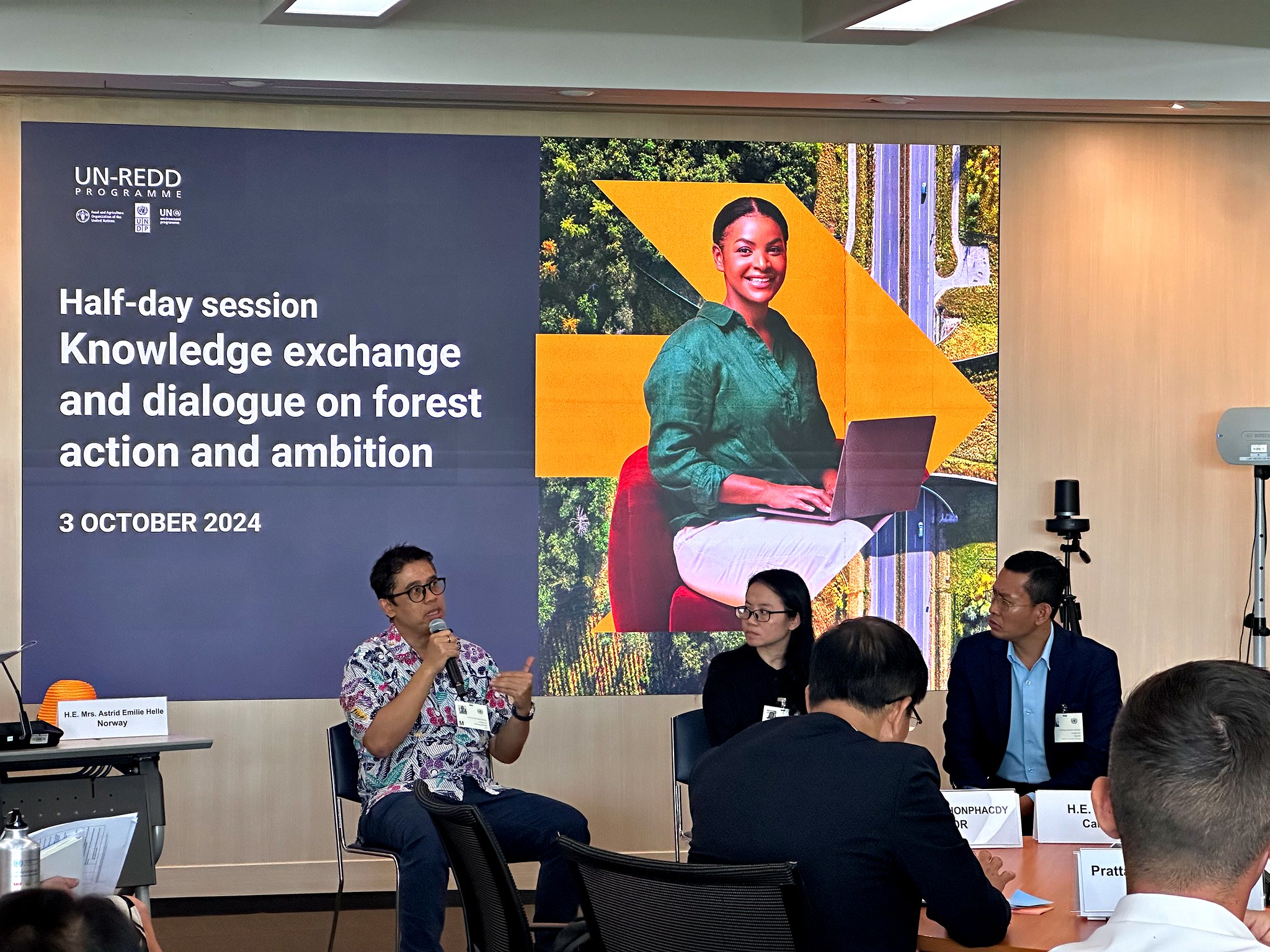
How to make NDCs more investable
Securing the necessary funding for the AFOLU sector remains a central challenge. In both the forum and the dialogue, participants shared experiences on strategies to make NDCs more appealing to investors.
While the potential of mechanisms like REDD+ and Article 6 of the Paris Agreement as funding sources for NDCs remains to be fully explored, there was significant interest in leveraging these tools.
Viet Nam emphasized the importance of engaging private sector partners, as approximately 66 percent of its NDC financing would come from private investments. Additionally, Viet Nam’s Payment for Ecosystem Services model links industries like hydropower with forest conservation efforts, offering a successful example of how to create sustainable funding streams from within the country’s own resource base. VietNam receives about 150 million USD annually from PFES.
Lao PDR has used public funds for jurisdictional programs in six northern provinces through initiatives like the FCPF Result-Based Payment, the Green Climate Fund (GCF). The government is actively engaging Article 6 and encouraging private sector involvement in forest carbon investment. Learning from Viet Nam’s example, Lao PDR is exploring a PFES to create a sustainable finance mechanism from its existing potential, especially raising funding from the hydropower sector.
Indonesia and Malaysia, two other countries which participated in the regional forum, highlighted tools like green bonds and carbon pricing as pivotal for achieving ambitious targets. Malaysia is already conducting feasibility studies on carbon pricing, with a focus on developing a robust carbon offset and trading system.
“Indonesia is working on establishing a domestic carbon market as part of its Net-FOLU Sink 2030 strategy, which aims to make its forestry and land use sector a net carbon sink by 2030”,
-Franky Zamzani | Deputy Director, Climate Change, Ministry of Environment, Indonesia
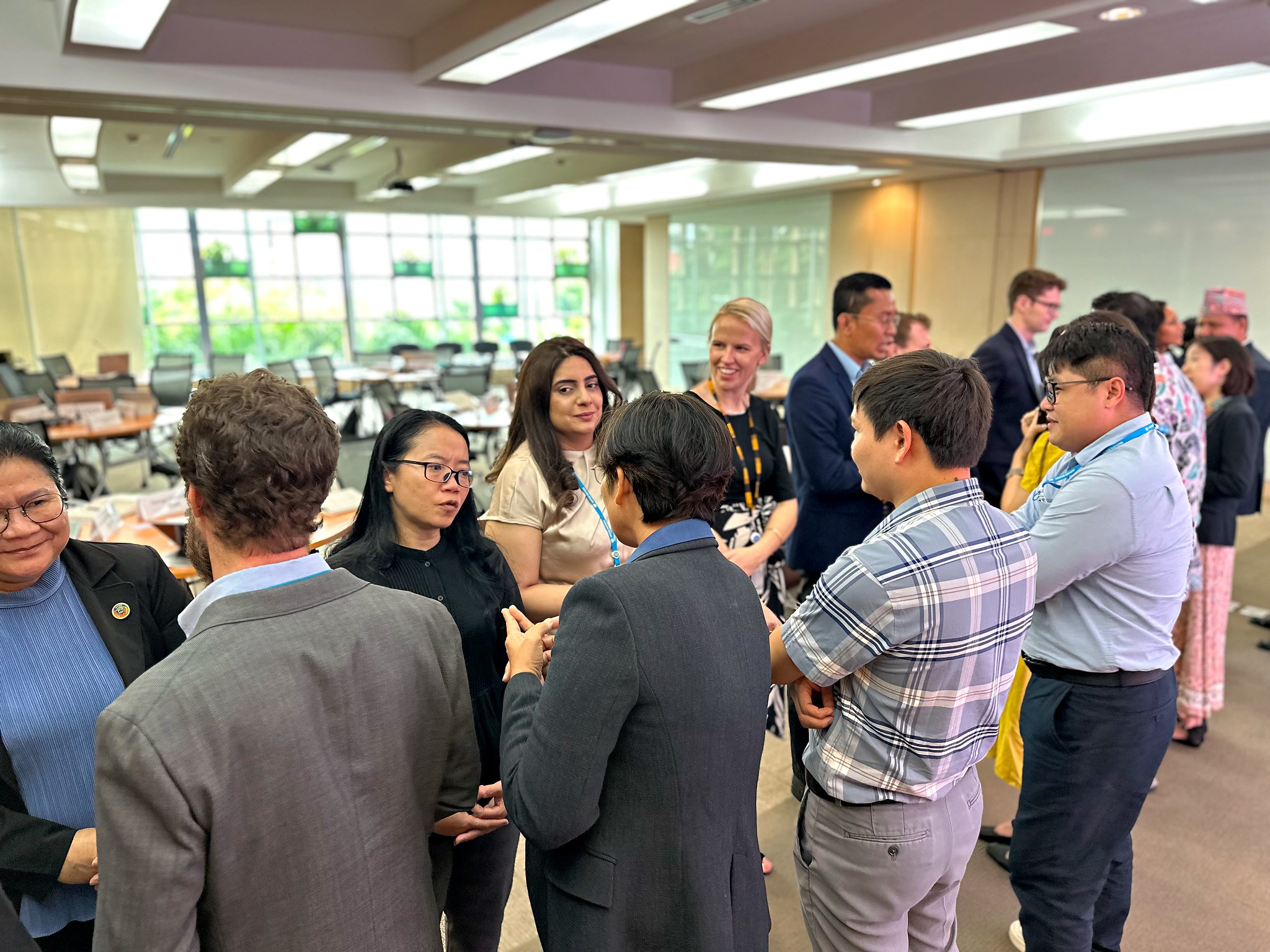
Nepal is considering a system for co-financing with public funds like the GCF while Thailand and Cambodia underscored the potential of carbon pricing and carbon taxes.
Cambodia has a strong focus on engaging the private sector for NDC implementation, though challenges arise due to limited resources.
"External funding is essential for closing the finance gap in our NDCs, particularly for reforestation and forest management initiatives,"
-Sok Bun Heng | Ministry of Economy and Finance, Cambodia
Cambodia, which lacks a dedicated national climate change budget, relies on ministries to secure individual project funding. The country is establishing technical working groups under the Ministry of Economy and Finance to better integrate climate finance into development strategies.
On the other hand, a civil society representative from the Philippines claimed the critical need to include adaptation benefits in all types of financing. Bangladesh has shared an example whereby they are using a resilience fund to finance forest conservation projects that yield both social and environmental benefits.
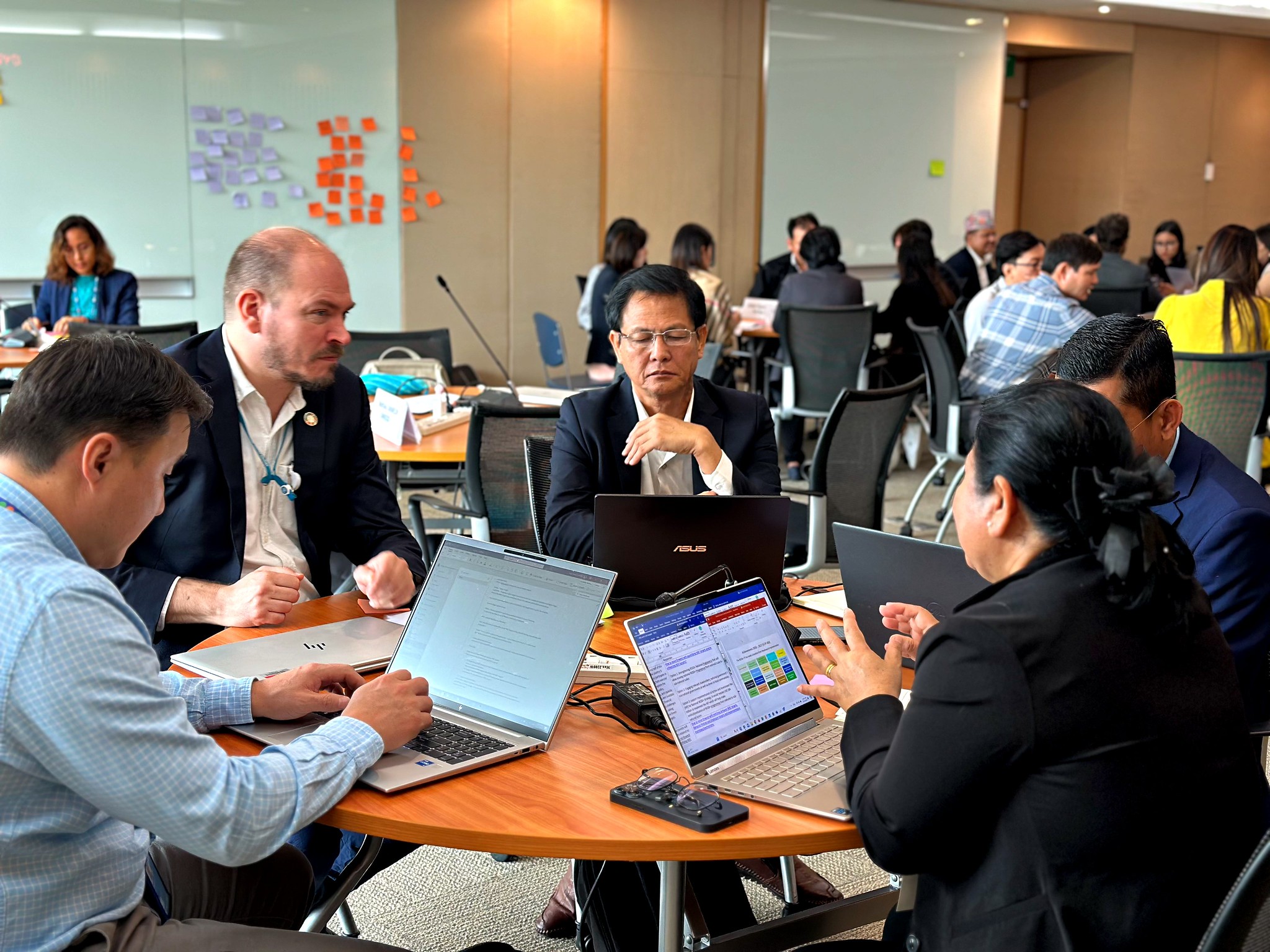
Moving toward greater ambition in the AFOLU sector
Countries remain optimistic about the AFOLU sector's potential to reduce carbon emissions. Nepal, having successfully reached its NDC 2.0 targets, serves as a compelling case study.
While Nepal's success demonstrates that achieving set targets can be realized, it also highlights the intricacies involved in both conditional/unconditional target-setting. Nepal has set a target of keeping 45 percent forest cover but factors such as economic conditions, institutional capacity, and stakeholder engagement can all influence a country's ability to increase its climate commitments.
“Setting overly ambitious targets without considering local contexts can lead to implementation challenges and disillusionment if those targets are not met”,
-Haribamsha Acharya | Ministry of Forests and Environment, Nepal
“Targets must be both ambitious but also achievable”, he added.
Setting ambitious targets also means applying a cross-sectoral approach. The Republic of Korea is looking beyond traditional solutions like tree planting to focus on cross-sectoral approaches that integrate social and ecological considerations into its NDC targets. This holistic strategy aims to address the interconnectedness of various environmental and social factors. This can also facilitate broader support and engagement from different sectors of society.
Measuring and reporting targets is another critical issue. Countries also noted that the quality of data collection and the robustness of monitoring systems are crucial for establishing credible baselines and measuring progress against targets.
Examples from countries like Indonesia could be useful. Indonesia’s MRV systems will not only track emissions reductions but also enhance transparency to attract private investment.
The rapid development of technological tools - such as satellite monitoring and AI - was further highlighted as a potential game changer. These innovations improve the tracking and reporting of carbon sequestration, deforestation, and reforestation activities, enhancing transparency and increasing the effectiveness of results-based finance mechanisms.
Norway, one of UN-REDD’s key donors, expressed its commitment to support forest countries in their NDC process.
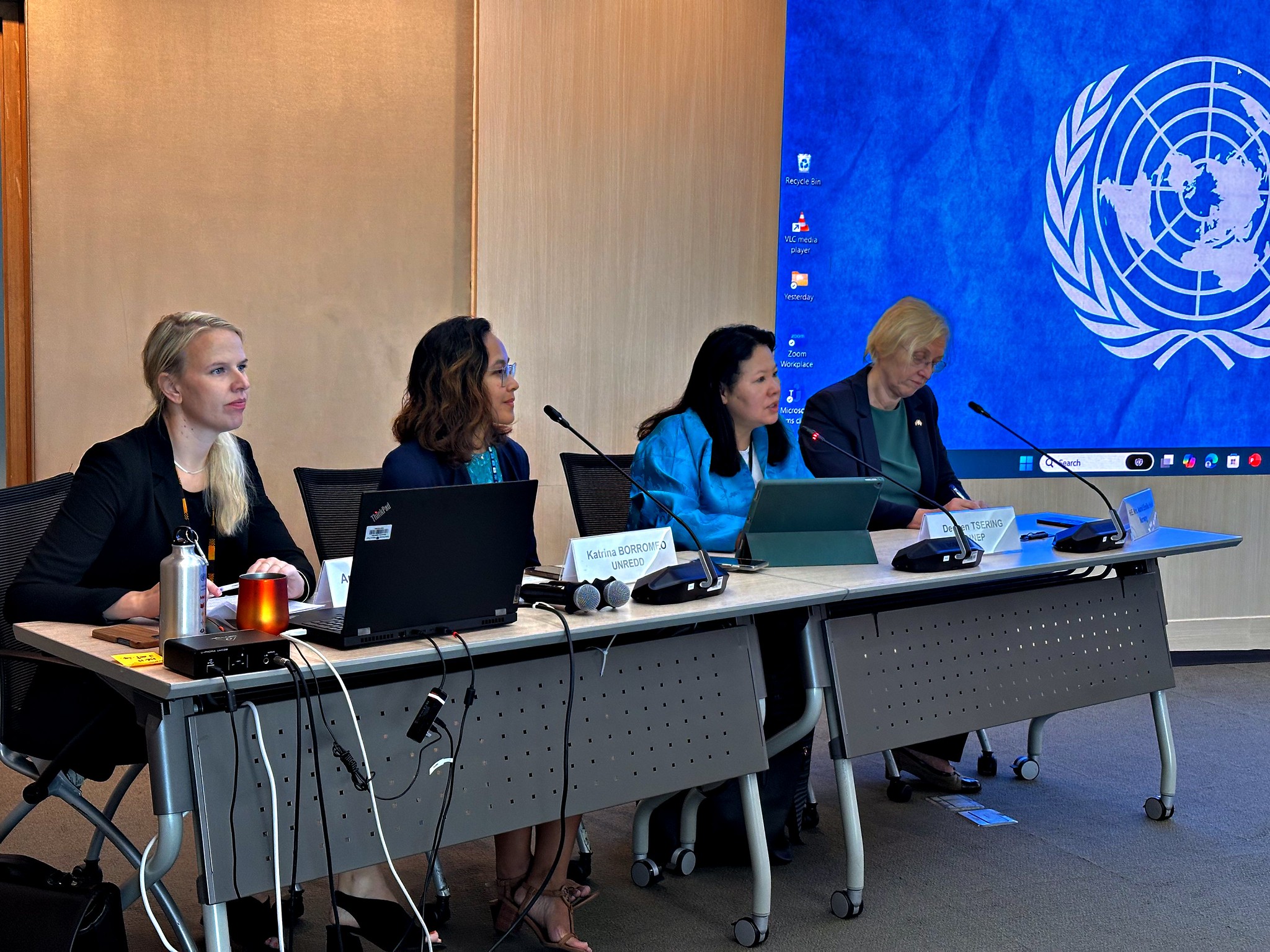
“Norway is committed to supporting countries in demonstrating tangible results in climate action in general and in REDD+ in particular, ensuring that jointly we can reach the goals of the Paris Agreement,”
-Astrid Emilie Helle | Norwegian Ambassador in Bangkok
As countries across Asia strive for more ambitious NDCs, there is a collective commitment to adopt more holistic and inclusive strategies involving both mitigation and adaptation benefits for AFOLU sector transformation.
“The potential of forests to address multiple crises—whether it’s extreme heat, flooding, or food security—is immense. Our task now is to turn these examples and ideas into action—to develop the next round of NDCs that are not just plans on paper, but real pathways to a sustainable, resilient, net zero future, through increased forest action and ambition”
-Dechen Tsering | UNEP’s Regional Director for Asia Pacific and Director, a.i. of UNEP’s Climate Division.
